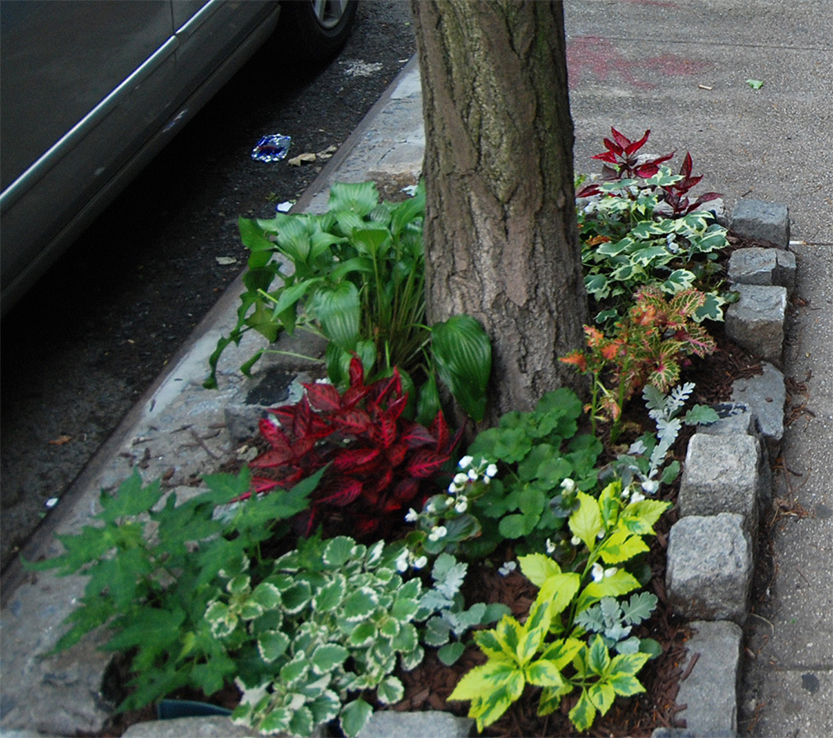Docklands’ transparencies
Around 70 per cent of Docklands’ residents are born overseas and 60 per cent are speaking at home at least one language other than English. Yet this cultural diversity is not evident in its architectural or public space design.
Only the advertisements display a broad range of culinary traditions and emerging fusions, including Australian, Chinese, Colombian, German, Indian, Italian, Japanese, Korean, Lebanese, Mexican, Thai, Turkish, Vietnamese and more.
Like many cities, Melbourne has also become a “landscape of consumption”, in which most production is hidden from the public gaze, if not entirely displaced to other continents.
Children may well be thinking that food grows on supermarket shelves and toys magically appear in shopping malls. Exceptions to this within Docklands are scarce, such as the community garden or the bicycle repair container at Victoria Harbour.
What is lacking is what is called “urban transparency” – a property of a city that reveals its workings, how things are made, how people collaborate.
Such cities also express the culture and diversity of their residents. It is an attribute of places that are learning environments, neighbourhoods in which children become street-smart.
While glass is the first building material that comes to mind when we think of transparency that lets the sunshine in, many glass facades are more reflective than transparent, designed to impress and intimidate rather than attract and invite you in.

A brick wall perforated by a wide opening can paradoxically provide more urban transparency than a glass façade that only symbolises it.
Producing or recovering urban transparency involves rethinking and redesigning public/private interfaces, how architecture mediates between the desire for privacy and the curiosity to understand the world around us. The most creative neighbourhoods in Australia have a rich mix of interface conditions.
If we look around the globe, besides corporate and government-led transformations we can also find many examples of people exercising their “right to the city” informally, diversifying public spaces by adding a local touch. Such temporary, tactical, or DIY urban interventions could spice up Docklands, too.
 '
'
Examples include graffiti art, yarn bombing, nature strip planting, guerilla zebra crossings, street libraries and various other grassroot “pop-ups”. Children are quite good at such things, and sometimes it is a pathway towards larger impact, just as for Banksy or Rone.
Harbour Esplanade could be up for grabs for such experiments – it is underutilised and it could hardly get more desolate. So why not allow, enable or even incentivise resident-led temporary transformations?
Softening the pine trees, providing seating, shading, stalls and more, could make a big difference for the 500-metre stretch between Victoria Harbour and NewQuay.
What place would Docklands become if locals could alter their public spaces, entries or balconies?
For this to happen, public space redevelopments would need to engage residents more substantively, we’d require less restrictive body corporate regulations, and greater rights for renters – the latter now finally on the political agenda.
Through many tiny transformative steps, public spaces could gradually become more diverse, enabling more playful activities. •

Improved short stay reforms





 Download the Latest Edition
Download the Latest Edition